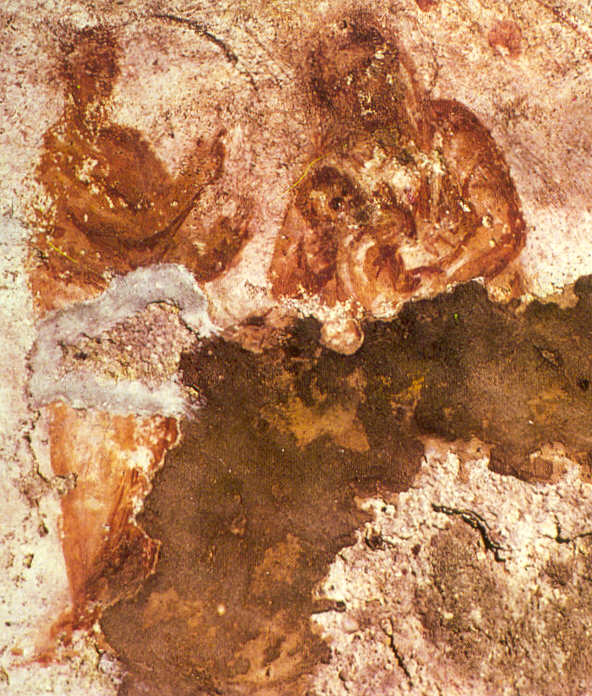Hail Mary
The most popular of all Marian prayers, the Ave Maria has two distinct parts: scriptural and intercessory. The first part's use in the Church's liturgy dates back as far as the fifth century. The second part we find traces back to about the fifteenth century, but with two different endings. In the writings of St. Bernardine of Sienna and the Carthusians, the prayer ends with pray for us sinners. In the writings of the Servites, however, we find the prayer ending with pray for us now and at the hour of our death. Pope St. Pius V gave us the ending we use today when he promulgated the reformed Breviary in 1568.
Ave Maria
(AH-vay Mah-REE-ah)
gratia plena
(GRAH-tsee-ah PLAY-nah)
Dominus tecum
(DOH-mee-noos TAY-koom)
benedicta tu in mulieribus
(beh-neh-DEEK-tah too een moo-lee-AIR-ee-boos)
et benedictus fructus ventris tui Iesus
(eht beh-neh-DEEK-toos FROOK-toos VEHN-trees TOO-wee YAY-soos)
Sancta Maria Mater Dei
(SAHNC-tah mah-REE-ah MAH-tair DAY-ee)
ora pro nobis peccatoribus
(OHR-rah proh NOH-bees pehk-ah-TOHR-ee-boos)
nunc et in hora mortis nostrae
(noonk eht een HOHR-ah MOHR-tees NOH-stray)
This concludes the fourth lesson. Practice often.


